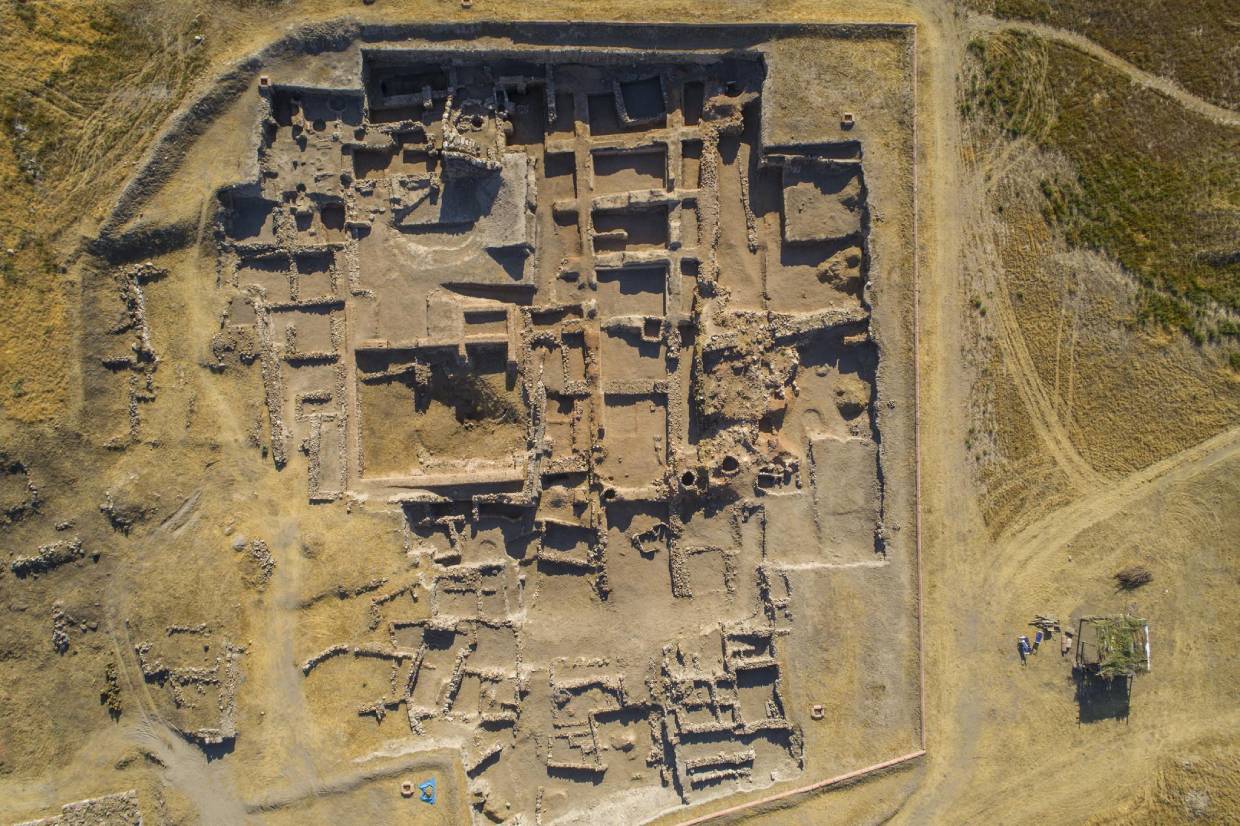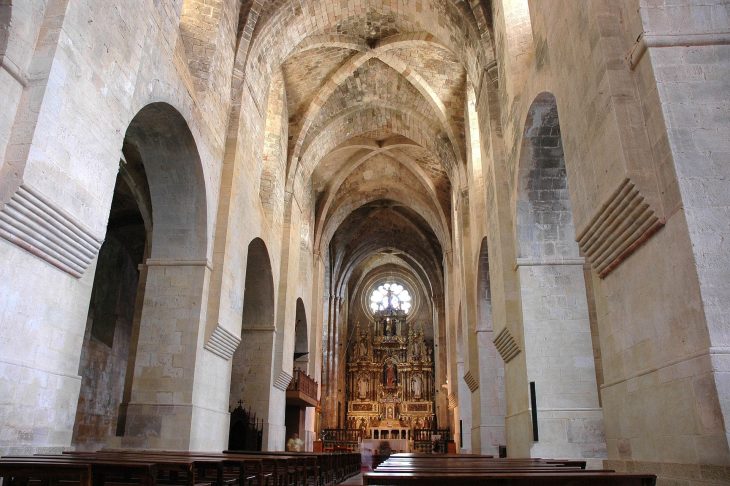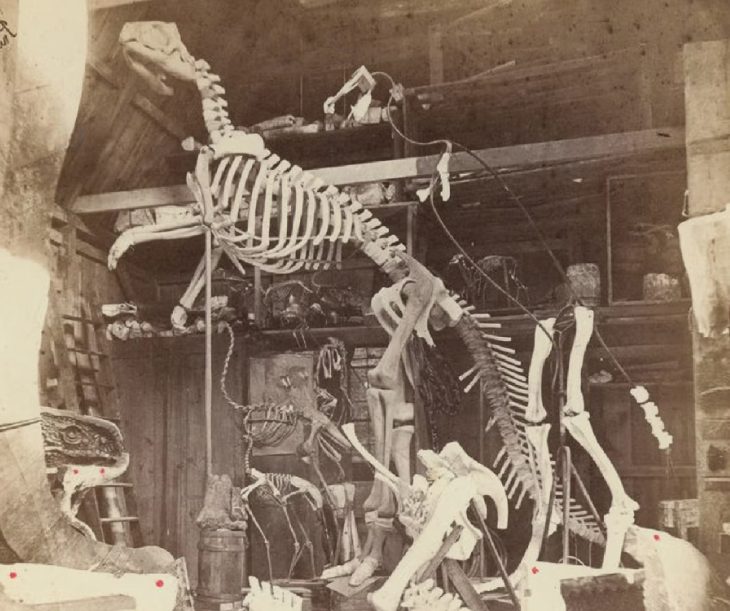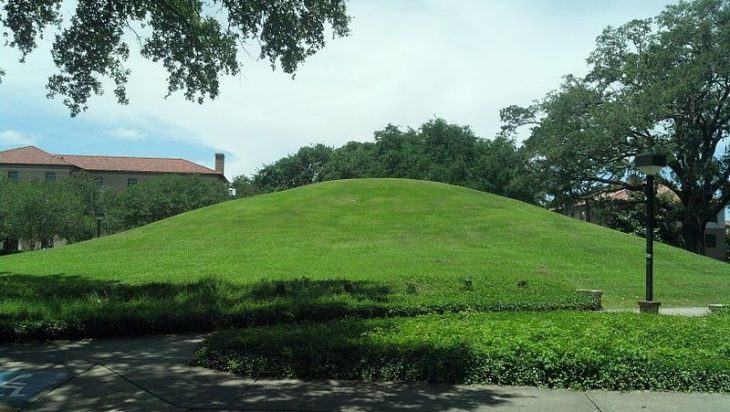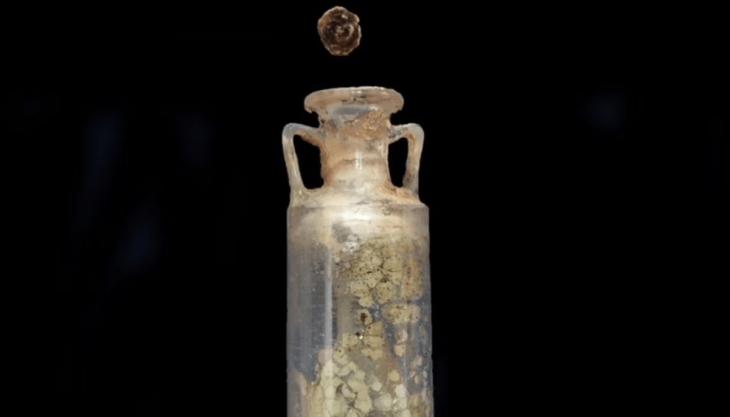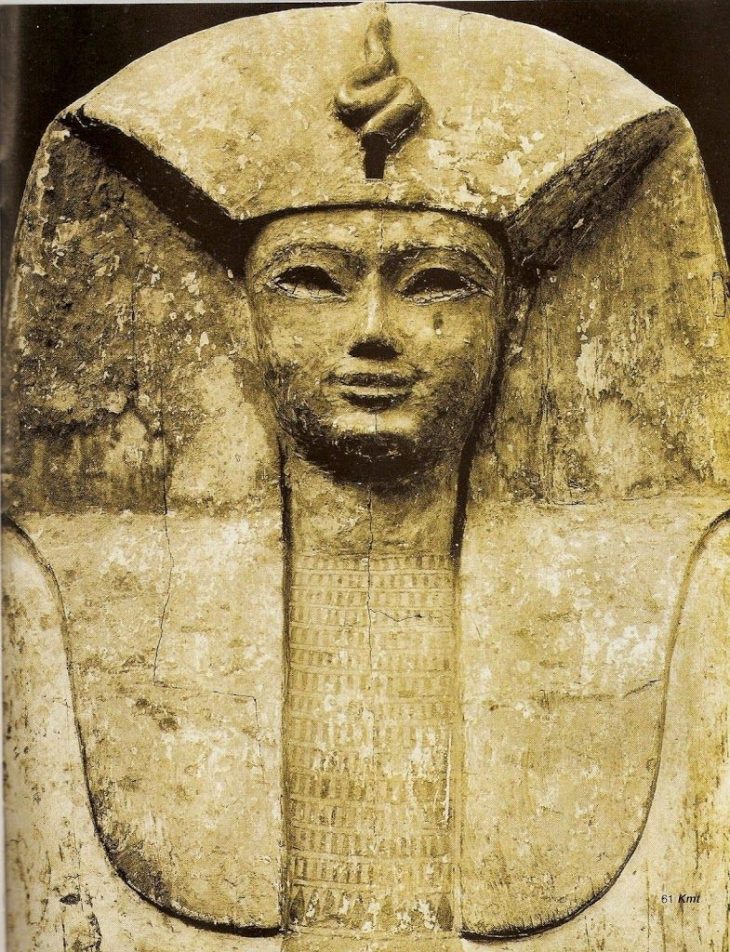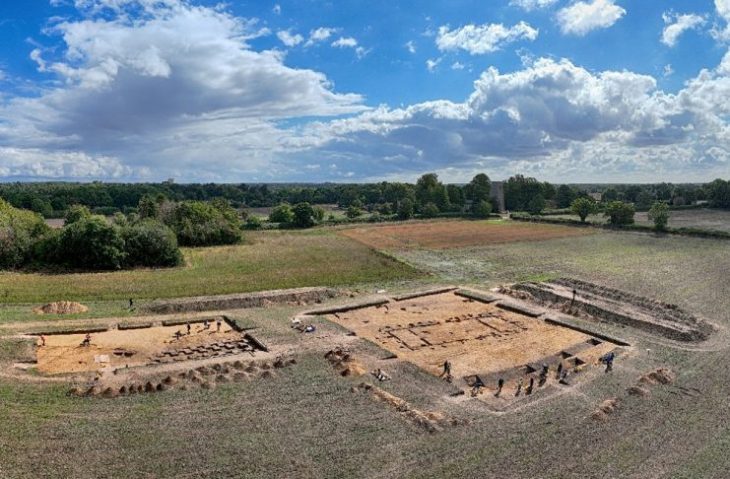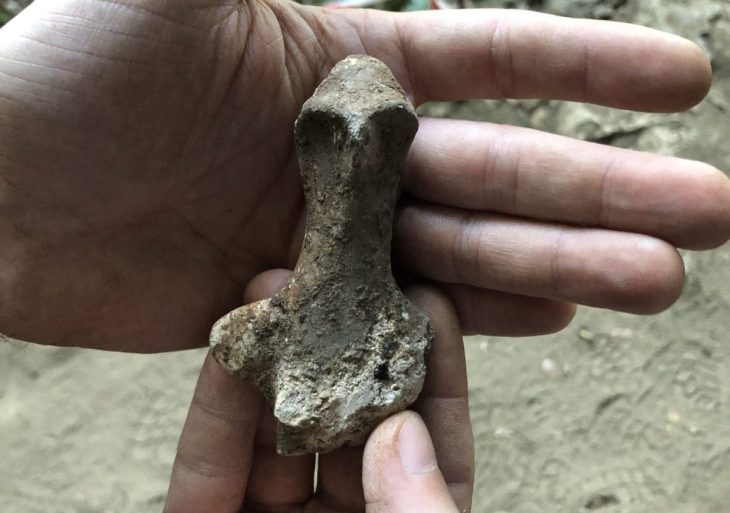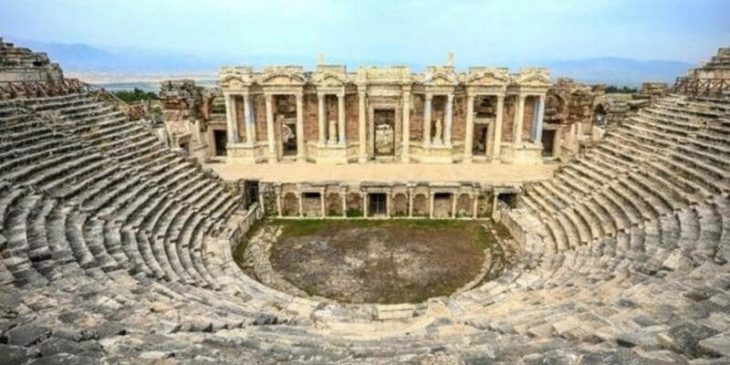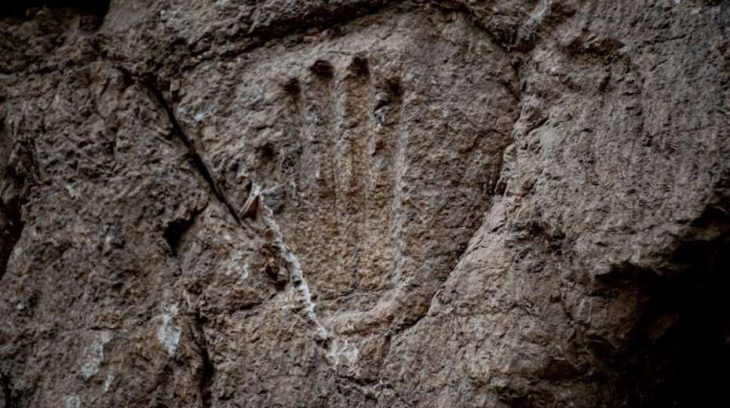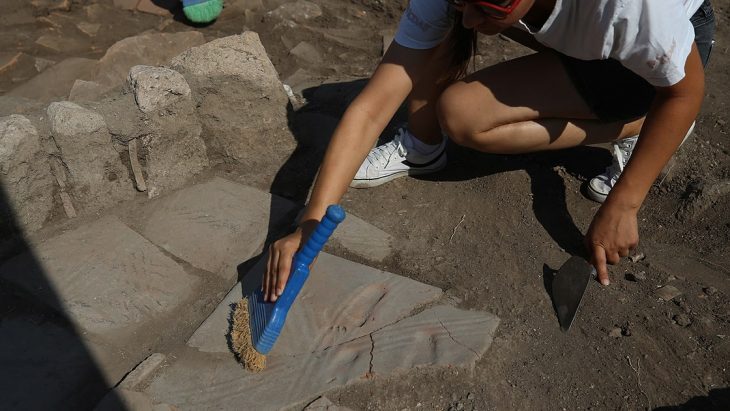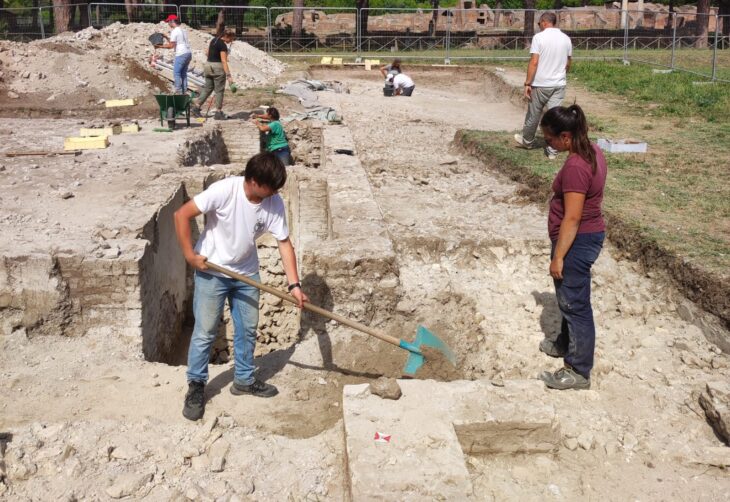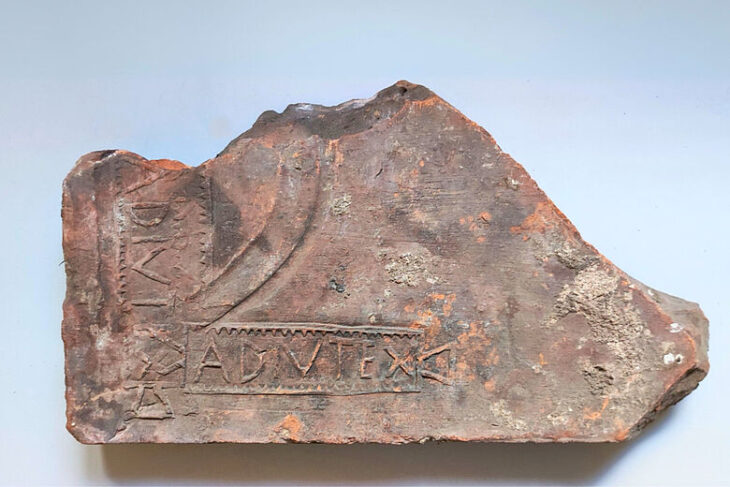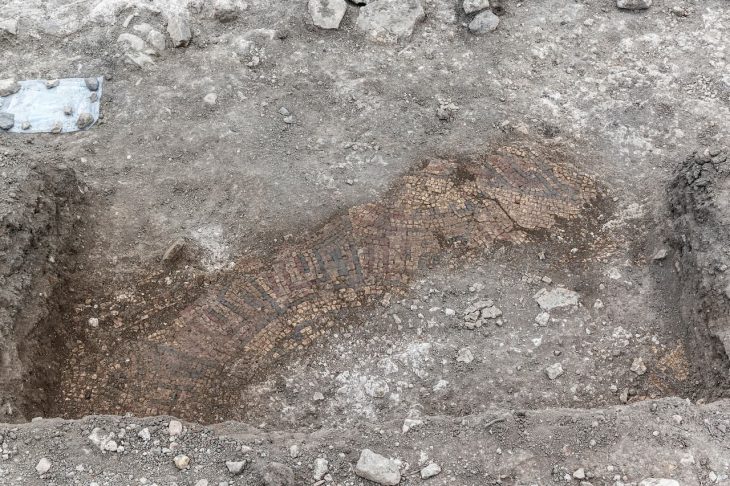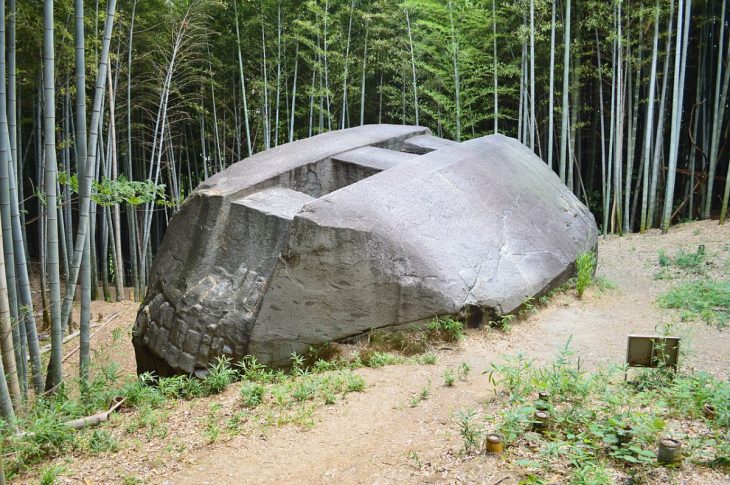In Kültepe, where the first written documents of Anatolia were unearthed, the date based on 5 thousand years was updated to 5 thousand 300 years with the excavations carried out this year.
Archaeological excavations at Kültepe Kaniş/Karum Mound, 21 kilometers northeast of Kayseri city center, have been going on for 73 years.
The region now called Kültepe, which was the capital of the kingdom of the period, also known as Kaneš or Neša, flourished as an important Hittite city, containing a large kārum (merchant colony) of the Old Assyrian Empire from the 21st to 18th centuries BC. This kārum appears to have served as “the administrative and distribution center of the entire Assyrian colony network in Anatolia”.
About 23,500 tablets have been excavated to date in the excavations in the mound.
Kültepe Kaniş/Karum Mound entered the UNESCO World Heritage Tentative List in 2014, while the Kültepe tablets were registered in the UNESCO Memory of the World Register in 2015.
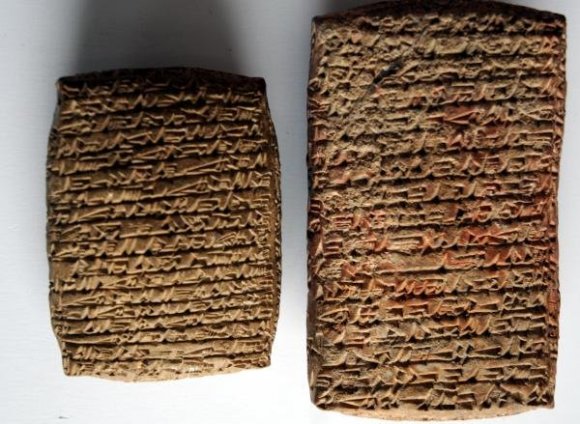
Ankara University Faculty of Language, History and Geography Department of Archeology Lecturer Prof. Dr. Fikri Kulakoğlu told Anadolu Agency (AA) that they closed the excavation area in Kültepe as of November due to weather and terrain conditions.
Kulakoğlu stated the importance of this year’s excavations with the following words:
“We found really special data in these areas. We always told the history of Kültepe as a center of 5,000 years. As a result, we can say that it has a history of at least 5,300 years. In the middle of the mound, we were able to reach the earliest data of 5300 years ago. In these data, we obtained data from other regions near us, from Malatya, Niğde, and the Adana region, about earlier periods that we know.
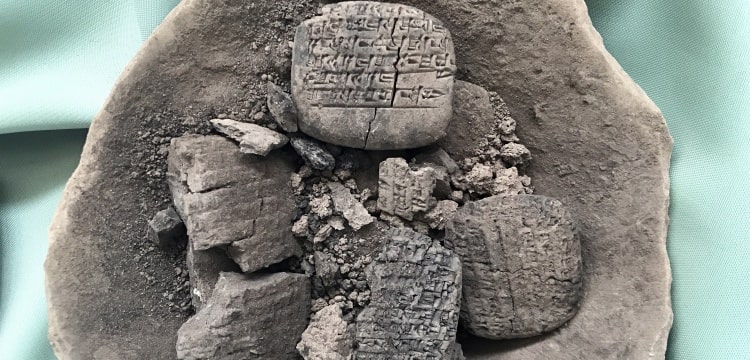
Among them, we encountered a large monumental building. This was the initial work, we will be able to fully understand its plan next year.”
Kulakoğlu said that next to the temples built by King Anitta, there was another building related to the temples and that they found bones of large animals such as a lion and bear, deer, and mountain sheep in that building. He stated that the studies on these structures are important in terms of showing that the colonial age in Kültepe did not cease immediately, but continued.
“This is a discovery that concerns not only the history of Kültepe, as well as the history of Syria and Mesopotamia. It is also important in terms of illuminating the history of Anatolia,” he said.

